New exclusive research for The Grocer can show for the first time how the discounters are making such huge inroads into the UK grocery market - and why Asda’s position as the second biggest supermarket is under real threat from Sainsbury’s.
The Grocer/Him! Shop Waves survey of 1,000 shoppers across the UK shows exactly where we are going for our groceries and why we go there.
Last week, Aldi recorded its record market share of 3.8% according to the latest figures from Kantar Worldpanel after growing sales by 31.7% in the 12 weeks to 13 October. Fellow discounters Lidl and Farmfoods were also growing well ahead of the market.
Sweet spot
The Shop Waves survey shows why these retailers are performing so well. A quarter of the 1,000 shoppers we polled had visited Aldi (25%) and Lidl (24%) in the past month - with Iceland (23%) and Poundland (23%) not far behind.
With the big trend in shopping behaviour being a move towards more frequent top-up shopping, this is the sweet spot the discounters are hitting.
Of the 250 shoppers who had visited Aldi, 65% said they did so for a top-up shop, compared with just 29% who go there for a full weekly or monthly shop. The picture was even more pronounced at Lidl - with 69% using it to top-up and only 21% carrying out a full weekly shopping trip.

At the big four supermarkets, the split between the full shop and top-up shop was much more even - on average 50% for each mission.
Of the big retailers, Tesco and Asda’s supermarkets were still dominated by shoppers looking to do the big shop, while a higher proportion of Sainsbury’s and Morrisons shoppers were doing top-up shops than full shops.
Him! research and insights manager Blake Gladman says the rise of the discounters and indeed the continued strong performance from Sainsbury’s is clearly linked to the trend for shopping little and often.
“When it comes to topping up, it’s not as much about price but about the right products and the right quality,” he explains. “Quality fresh, relevant promotions and great availability are the key to driving top-up shopping and something that Sainsbury’s is clearly getting right at the moment.”
“Change relevant promotions to great value - and those three factors are what’s driving the rise of the discounters in this mission,” he adds. “Their high-street locations also play a significant role as they are likely to be in convenient locations. The well-communicated range and offering at these stores keeps things simple.”
The research also highlights just how big an influence the single-priced discounters and the variety discounters are beginning to have on the UK grocery market.
Of the shoppers we surveyed, 23% had visited Poundland to buy grocery items in the last month. This was the same proportion of people who had been to an Iceland store.
Wilkinson, Home Bargains and B&M Bargains attracted 16%, 14% and 12% of shoppers respectively.
However, Tesco doesn’t need to panic just yet, as 63% visited one of its stores last month.



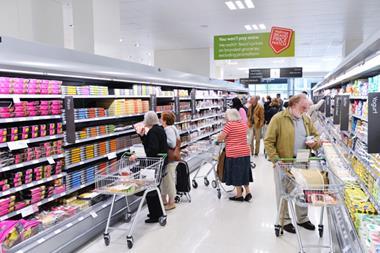
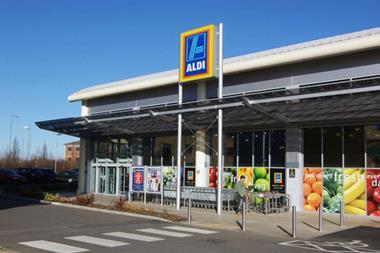

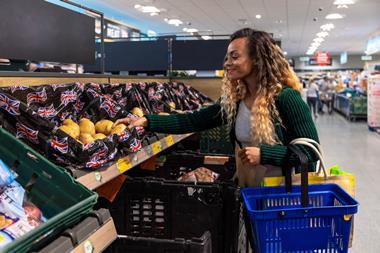
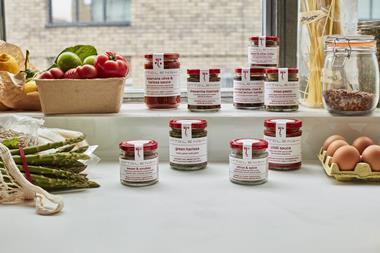



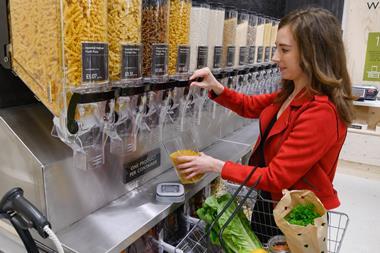


No comments yet